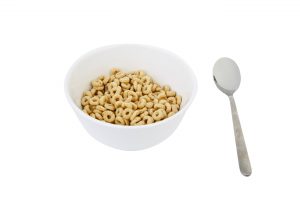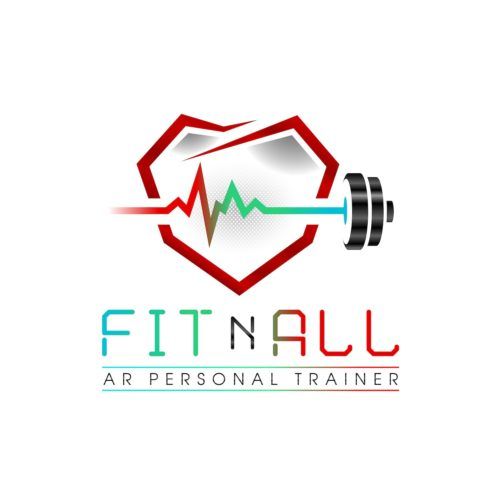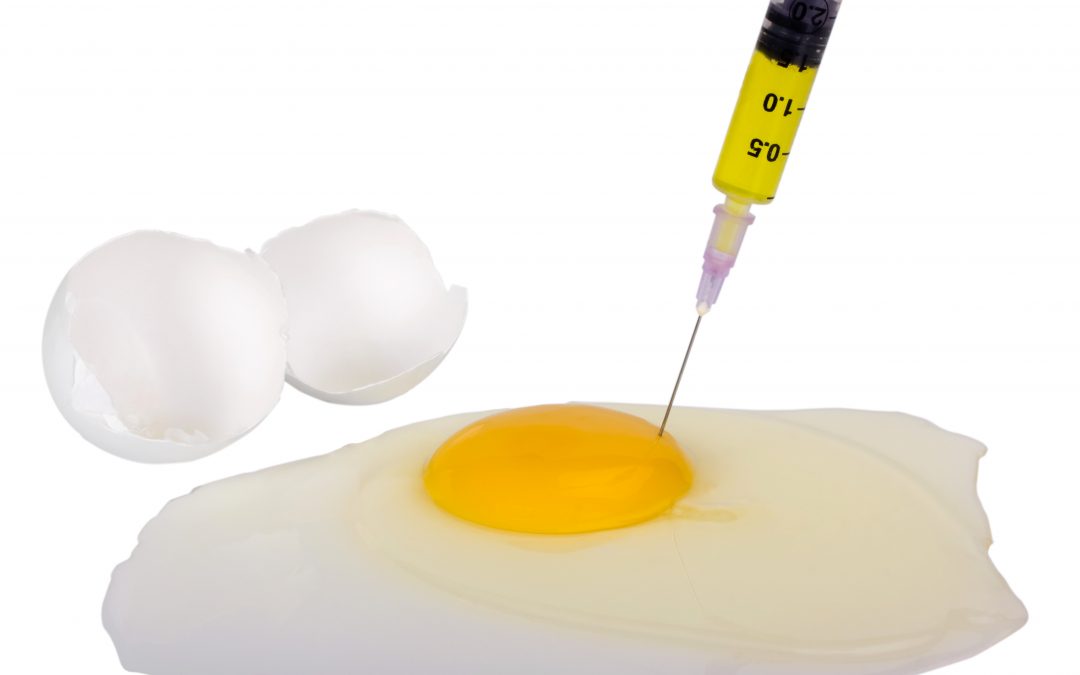I’m sure you have seen fortified or enriched foods on the aisles of your favorite supermarkets.
Have you ever purchased salt high in iodine or orange juice with vitamin D and calcium? How about cereals containing essential vitamins and minerals? These are examples of what I’m referring to.
These foods look like an amazing alternative as they give you an extra dose of vitamins and minerals. Yet, it’s more complex than just an extra kick of goodness!
WHAT EXACTLY ARE FORTIFIED AND ENRICHED FOODS?
Fortified foods are those with added nutrients. Ad-ons that were never part of those foods. For instance, orange juice containing calcium and vitamin D, or pasta with folic acid.
Enriched foods, on the other hand, are foods with added nutrients but these nutrients were part of these foods beforehand. The nutrients were lost throughout processing or just had minimal amounts of those nutrients. Examples of enriched foods are iodized salt, eggs with Omega 3s, or enriched cereal grain products.

Fortified and enriched foods have been around for a few decades and were developed to fill in nutritional gaps. For instance, folic acid (the synthetic form of folate – a vitamin B) has been added to grain products, rice, bread flours, cornmeal, and pasta since the 1990s. Fortification was done to help prevent spina bifida and anencephaly, birth defects related to lack of folate in a mother’s body. As a result, folic acid intake increased by around 100 micrograms a day and the rates of children born with a neural tube defect decreased by 25% to 50%.
SHOULD YOU EAT FORTIFIED OR ENRICHED FOODS?
The concept of fortified or enriched foods is great! They are advantageous in poor environments with at-risk populations where people don’t have much food, filling nutritional gaps. However, it is always wiser to acquire nutrients from food sources when able to do so.

Fortified and enriched foods have synthetic versions of micronutrients that your body processes in different ways, if able to process at all. This isolated synthetic vitamins sometimes can’t be balanced out like vitamins from naturally occurring foods, which are regulated with other micronutrients and absorbed in unison by the body.
Take a look at skim milk fortified with vitamin A and D. Skim milk has been processed to remove it’s fat and vitamins A and D are fat-soluble vitamins. Your body has a hard time metabolizing skim milk fortified with vitamin A and D and these added vitamins taken without fats may not be as beneficial.
In the case of B vitamins, the body absorbs folic acid faster than it absorbs folate, but it must convert it into folate before it can be metabolized. Also, the body doesn’t absorb individual nutrients added to foods in the same way that it absorbs naturally occurring nutrients.
Another problem is that companies add these synthetic vitamins to foods at high levels – higher that the recommended daily amounts. For instance, too much folate (B vitamin naturally found in food) isn’t a problem but added folic acid is a different story. Some fortified foods (breakfast cereals, breads, bars, and others) deliver up to 800 micrograms of folic acid, and that’s about double the recommended daily dose. The Institute of Medicine recommends that most adults get 400 micrograms of folate/folic acid a day, and 600 micrograms a day for pregnant women but no more than 1,000 micrograms per day.
Having a diet filled with fortified and enriched foods may cause you to exceed your vitamin recommended daily intake. In some cases, this can lead to toxicity or other array of problems. People who can’t break down folic acid may accumulate higher than normal levels in the blood, compromising the immune system and masking vitamin B12 deficiencies. Additionally, “normal” amounts of folic acid can inhibit the origination, growth, and progression of early tumors. But too much folic acid can accelerate the growth of existing tumors and increase cancer risks.
Therefore, it is recommended that you avoid the regular consumption of enriched and fortified foods. Try to get all your nutritional needs by eating a naturally nutrient-rich whole food diet and take a whole food based multivitamin daily (I take a certified organic whole food multivitamin from Garden of Life) !!
To a Fitter Healthier You,
The Fitness Wellness Mentor




